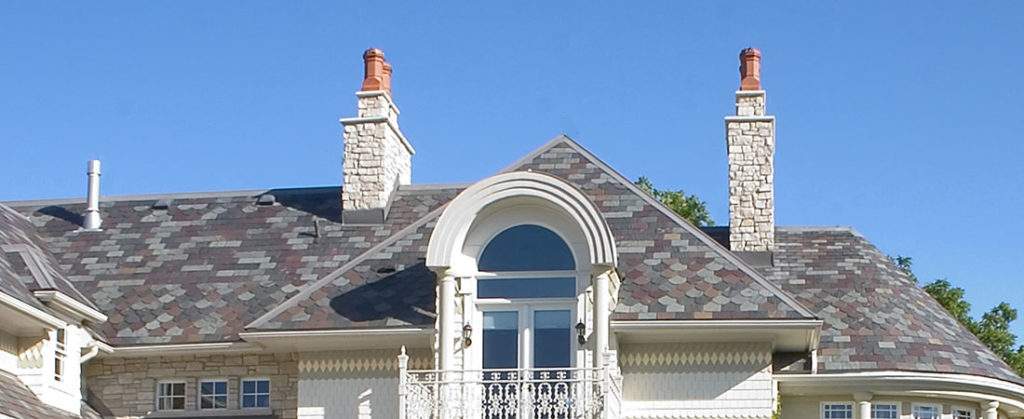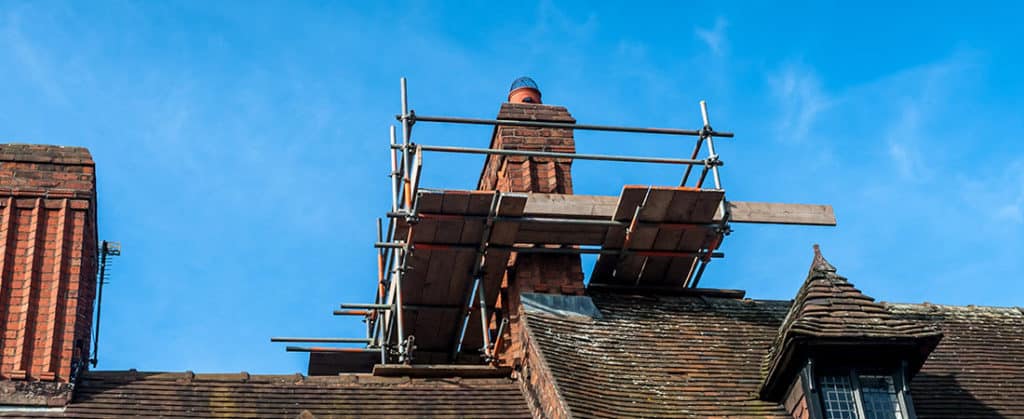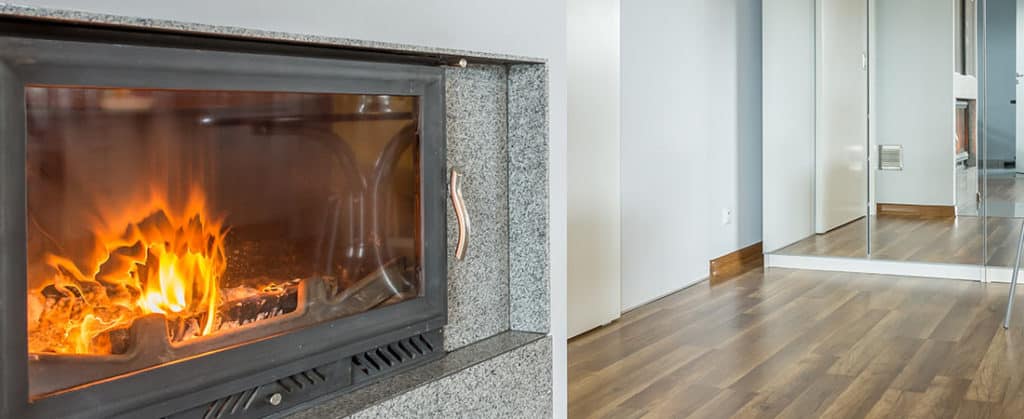While lighting fire is as old as cavemen, many people struggle with it. As much as you would want to skip out on it, you have to learn it for you to enjoy having your chimney. To help you out, here are pro tips given by chimney contractors on how to get the fire going without filling your house with smoke or being frustrated about the logs not lighting up:
Work with a clean chimney
A dirty chimney prevents the fire from getting enough air. As you might have guessed, when the fireplace isn’t receiving enough air, fire doesn’t light up.
Before you light the fire, inspect the chimney, and ensure there are no thick ashes that will prevent the fire from lighting up properly. If you have a lot of ash, get rid of it. You also should look out for creosote as it puts the house at the risk of chimney fires. If present, get rid of it immediately.
You can clean the chimney by yourself or hire an expert to help out. When removing the ashes, don’t remove all of it. Leave about an inch of it. This is because it serves as insulation and allows the fire to burn hotter and more efficiently.
Keep the damper open
The damper controls the amount of air flowing through the flue. If closed, no air gets into the chimney. Feel inside the fireplace for a lever. One direction will close the damper while the other will open it. Leave the damper open to prevent smoke from pouring back into the room.
Does your fireplace have glass doors? Open the doors 15-20 minutes before lighting the fire. This is to allow the insides of the fireplace to get to room temperature. If the outside is cold, the cold air will flow down the chimney and get trapped by the doors.
By opening the doors and allowing warm air from the room rising up the chimney, you start the draft moving upwards.
Leave enough space
Many homeowners have the impression that they get more heat by stocking more logs into the chimney, but this isn’t the case. When you stock a lot of logs, you don’t leave enough room for oxygen to circulate. As a result, the fire doesn’t burn to its maximum.
In some cases, if you have stocked too many logs, the fire keeps on extinguishing. The fire needs space to burn, so leave enough room for it.
Choose dry, seasoned wood
The wood you burn has a significant impact on how fast you light up the fire, how hot the fire gets, and the amount of creosote deposited on the fireplace.
For you to have an easy time lighting up the fire, always go with dry, seasoned wood. This is wood that has been air-dried for at least six months. In addition to the wood lighting up fast, it also produces a lot of heat hence keeping your house warm.
Seasoned wood also doesn’t produce a lot of soot, so you don’t keep on cleaning the fireplace.
Try an igniter log
An igniter log eliminates the need for kindling or newspaper. When using it, remember you have to prime the flue and even clean the chimney. After this, put up the screen and get the fire going.
You can buy the igniter logs from your local store or order them online.
Buy a light n Go Log
If you have been having problems lighting up the fire up to this point, consider buying a light n Go log. These logs are chemical-free and burn for over an hour and a half. Again, you can buy them from your local store or online.
After the fire starts, add big logs
Once the fire starts going, you will start seeing red, glowing embers. At this point, start adding large logs. According to chimney repair Annapolis professionals, larger logs produce more heat and burn for a long time without having to keep on moving them around.
When placing the logs, ensure they can’t roll out of the fireplace. You can do this by having a heavy mesh spar resistant curtain or any other protective barrier in front of the fireplace. Regardless of how well the fire lights up, never leave it unattended.



